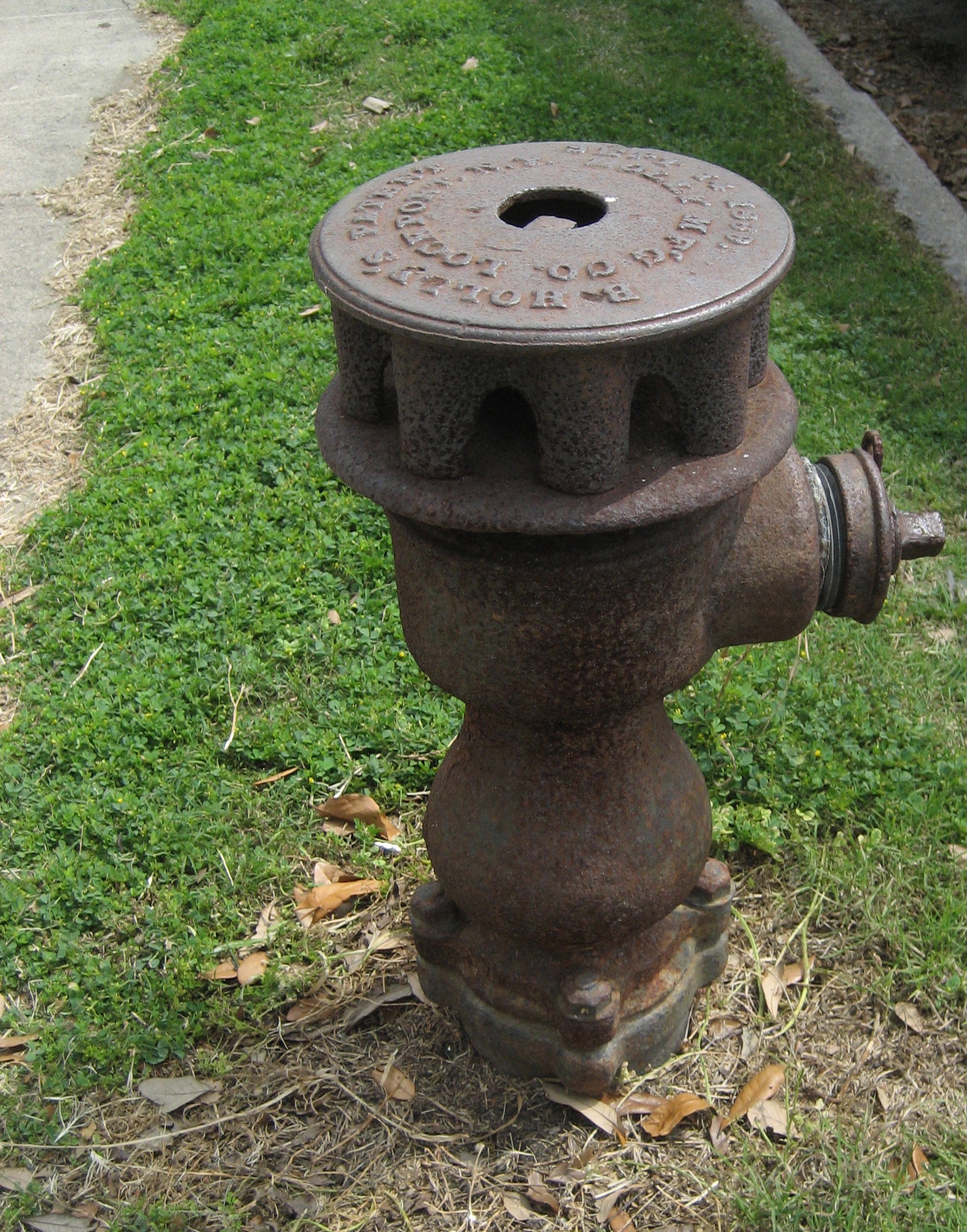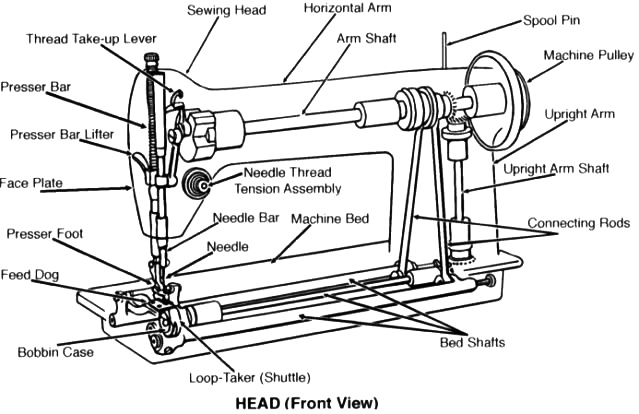|
Birdsill Holly
Birdsill Holly Jr. (November 8, 1820 – April 27, 1894) was an American mechanical engineer and inventor of water hydraulics devices. He is known for inventing mechanical devices that improved city water systems and patented an improved fire hydrant that is similar to those used currently for firefighting. Holly was a co-inventor of the Silsby steam fire engine. He founded the Holly Manufacturing Company that developed into the larger Holly Steam Combination Company that distributed heat from a central station and developed commercial district heating for cities in the United States and Canada. Personal life Birdsill Holly Jr. was born on November 8, 1820 in Auburn, New York. His father was Birdsill Holly, Sr. and his mother was Comfort (Parker) Holly. When Holly was born his father moved the family to Auburn to join the crew constructing the new prison facility. When the prison was completed, Birdsill Sr. found a job at the Auburn Theological Seminary in construction, after ... [...More Info...] [...Related Items...] OR: [Wikipedia] [Google] [Baidu] |
District Heating
District heating (also known as heat networks or teleheating) is a system for distributing heat generated in a centralized location through a system of insulated pipes for residential and commercial heating requirements such as space heating and water heating. The heat is often obtained from a cogeneration plant burning fossil fuels or biomass, but heat-only boiler stations, geothermal heating, heat pumps and central solar heating are also used, as well as heat waste from factories and nuclear power electricity generation. District heating plants can provide higher efficiencies and better pollution control than localized boilers. According to some research, district heating with combined heat and power (CHPDH) is the cheapest method of cutting carbon emissions, and has one of the lowest carbon footprints of all fossil generation plants. Fifth-generation district heat networks do not use combustion on-site and have zero emissions of CO and NO on-site; they employ heat t ... [...More Info...] [...Related Items...] OR: [Wikipedia] [Google] [Baidu] |
Central Heating
A central heating system provides warmth to a number of spaces within a building from one main source of heat. It is a component of heating, ventilation, and air conditioning (short: HVAC) systems, which can both cool and warm interior spaces. A central heating system has a furnace that converts fuel or electricity to heat. The heat is circulated through the building either by fans forcing heated air through ducts, circulation of low-pressure steam to radiators in each heated room, or pumps that circulate hot water through room radiators. Primary energy sources may be fuels like coal or wood, oil, kerosene, natural gas, or electricity. Compared with systems such as fireplaces and wood stoves, a central heating plant offers improved uniformity of temperature control over a building, usually including automatic control of the furnace. Large homes or buildings may be divided into individually controllable zones with their own temperature controls. Automatic fuel (and sometimes ash ... [...More Info...] [...Related Items...] OR: [Wikipedia] [Google] [Baidu] |
Water Tower
A water tower is an elevated structure supporting a water tank constructed at a height sufficient to pressurize a distribution system for potable water, and to provide emergency storage for fire protection. Water towers often operate in conjunction with underground or surface service reservoirs, which store treated water close to where it will be used. Other types of water towers may only store raw (non-potable) water for fire protection or industrial purposes, and may not necessarily be connected to a public water supply. Water towers are able to supply water even during power outages, because they rely on hydrostatic pressure produced by elevation of water (due to gravity) to push the water into domestic and industrial water distribution systems; however, they cannot supply the water for a long time without power, because a pump is typically required to refill the tower. A water tower also serves as a reservoir to help with water needs during peak usage times. The water level ... [...More Info...] [...Related Items...] OR: [Wikipedia] [Google] [Baidu] |
Fire Hydrant
A fire hydrant, waterplug, or firecock (archaic) is a connection point by which firefighters can tap into a water supply. It is a component of active fire protection. Underground fire hydrants have been used in Europe and Asia since at least the 18th century. Above-ground pillar-type hydrants are a 19th-century invention. History Before piped mains supplies, water for firefighting had to be kept in buckets and cauldrons ready for use by ' bucket-brigades' or brought with a horse-drawn fire-pump. From the 16th century, as wooden mains water systems were installed, firefighters would dig down to the pipes and drill a hole for water to fill a “wet well” for the buckets or pumps. This had to be filled and plugged afterwards, hence the common US term for a hydrant, 'fireplug'. A marker would be left to indicate where a 'plug' had already been drilled to enable firefighters to find ready-drilled holes. Later wooden systems had pre-drilled holes and plugs. When cast-iron pip ... [...More Info...] [...Related Items...] OR: [Wikipedia] [Google] [Baidu] |
Encyclopædia Britannica, Ninth Edition/Covington
An encyclopedia (American English) or encyclopædia (British English) is a reference work or compendium providing summaries of knowledge either general or special to a particular field or discipline. Encyclopedias are divided into articles or entries that are arranged alphabetically by article name or by thematic categories, or else are hyperlinked and searchable. Encyclopedia entries are longer and more detailed than those in most dictionaries. Generally speaking, encyclopedia articles focus on '' factual information'' concerning the subject named in the article's title; this is unlike dictionary entries, which focus on linguistic information about words, such as their etymology, meaning, pronunciation, use, and grammatical forms.Béjoint, Henri (2000)''Modern Lexicography'', pp. 30–31. Oxford University Press. Encyclopedias have existed for around 2,000 years and have evolved considerably during that time as regards language (written in a major international or a verna ... [...More Info...] [...Related Items...] OR: [Wikipedia] [Google] [Baidu] |
Covington, Kentucky
Covington is a home rule-class city in Kenton County, Kentucky, United States, located at the confluence of the Ohio and Licking Rivers. Cincinnati, Ohio, lies to its immediate north across the Ohio and Newport, to its east across the Licking and Ludlow to its west. Covington had a population of 40,640 at the time of the 2010 U.S. census, making it the largest city of Northern Kentucky and the fifth-most populous city in the state.Covington, Kentucky QuickFacts U.S. Census Bureau. Retrieved March 11, 2013. It is one of its county's two seats, along with Independence. Name |
Rotary Pump
A rotary vane pump is a positive-displacement pump that consists of vanes mounted to a rotor that rotates inside a cavity. In some cases these vanes can have variable length and/or be tensioned to maintain contact with the walls as the pump rotates. It was invented by Charles C. Barnes of Sackville, New Brunswick, who patented it on June 16, 1874. There have been various improvements, including a variable vane pump for gases (1909). They are considered less suitable than other vacuum pumps for high-viscosity and high-pressure fluids, and are complex to operate. They can endure short periods of dry operation, and are considered good for low-viscosity fluids. Type The simplest vane pump has a circular rotor rotating inside a larger circular cavity. The centers of these two circles are offset, causing eccentricity. Vanes and seal on all edges, creating vane chambers that do the pumping work. On the suction side of the pump the vane chambers are increased in volume. These are filled w ... [...More Info...] [...Related Items...] OR: [Wikipedia] [Google] [Baidu] |
Pump
A pump is a device that moves fluids ( liquids or gases), or sometimes slurries, by mechanical action, typically converted from electrical energy into hydraulic energy. Pumps can be classified into three major groups according to the method they use to move the fluid: ''direct lift'', ''displacement'', and ''gravity'' pumps. Mechanical pumps serve in a wide range of applications such as pumping water from wells, aquarium filtering, pond filtering and aeration, in the car industry for water-cooling and fuel injection, in the energy industry for pumping oil and natural gas or for operating cooling towers and other components of heating, ventilation and air conditioning systems. In the medical industry, pumps are used for biochemical processes in developing and manufacturing medicine, and as artificial replacements for body parts, in particular the artificial heart and penile prosthesis. When a casing contains only one revolving impeller, it is called a single-stage ... [...More Info...] [...Related Items...] OR: [Wikipedia] [Google] [Baidu] |
Cistern
A cistern (Middle English ', from Latin ', from ', "box", from Greek ', "basket") is a waterproof receptacle for holding liquids, usually water. Cisterns are often built to catch and store rainwater. Cisterns are distinguished from wells by their waterproof linings. Modern cisterns range in capacity from a few litres to thousands of cubic metres, effectively forming covered reservoirs. Origins Early domestic and agricultural use Waterproof lime plaster cisterns in the floors of houses are features of Neolithic village sites of the Levant at, for instance, Ramad and Lebwe, and by the late fourth millennium BC, as at Jawa in northeastern Lebanon, cisterns are essential elements of emerging water management techniques in dry-land farming communities. The Ancient Roman impluvium, a standard feature of the domus house, generally had a cistern underneath. The impluvium and associated structures collected, filtered, cooled, and stored the water, and also cooled and ventila ... [...More Info...] [...Related Items...] OR: [Wikipedia] [Google] [Baidu] |
Sewing Machine
A sewing machine is a machine used to sew fabric and materials together with Thread (yarn), thread. Sewing machines were invented during the first Industrial Revolution to decrease the amount of manual sewing work performed in clothing companies. Since the invention of the first sewing machine, generally considered to have been the work of Englishman Thomas Saint in 1790, the sewing machine has greatly improved the efficiency and productivity of the clothing industry. Home sewing machines are designed for one person to sew individual items while using a single Stitch (textile arts), stitch type at a time. In a modern sewing machine, the process of stitching has been automated so that the fabric easily glides in and out of the machine without the inconvenience of needles, Thimble, thimbles and other tools used in hand sewing. Early sewing machines were powered by either constantly turning a handle or with a foot-operated treadle mechanism. Electrically-powered machines were later i ... [...More Info...] [...Related Items...] OR: [Wikipedia] [Google] [Baidu] |








